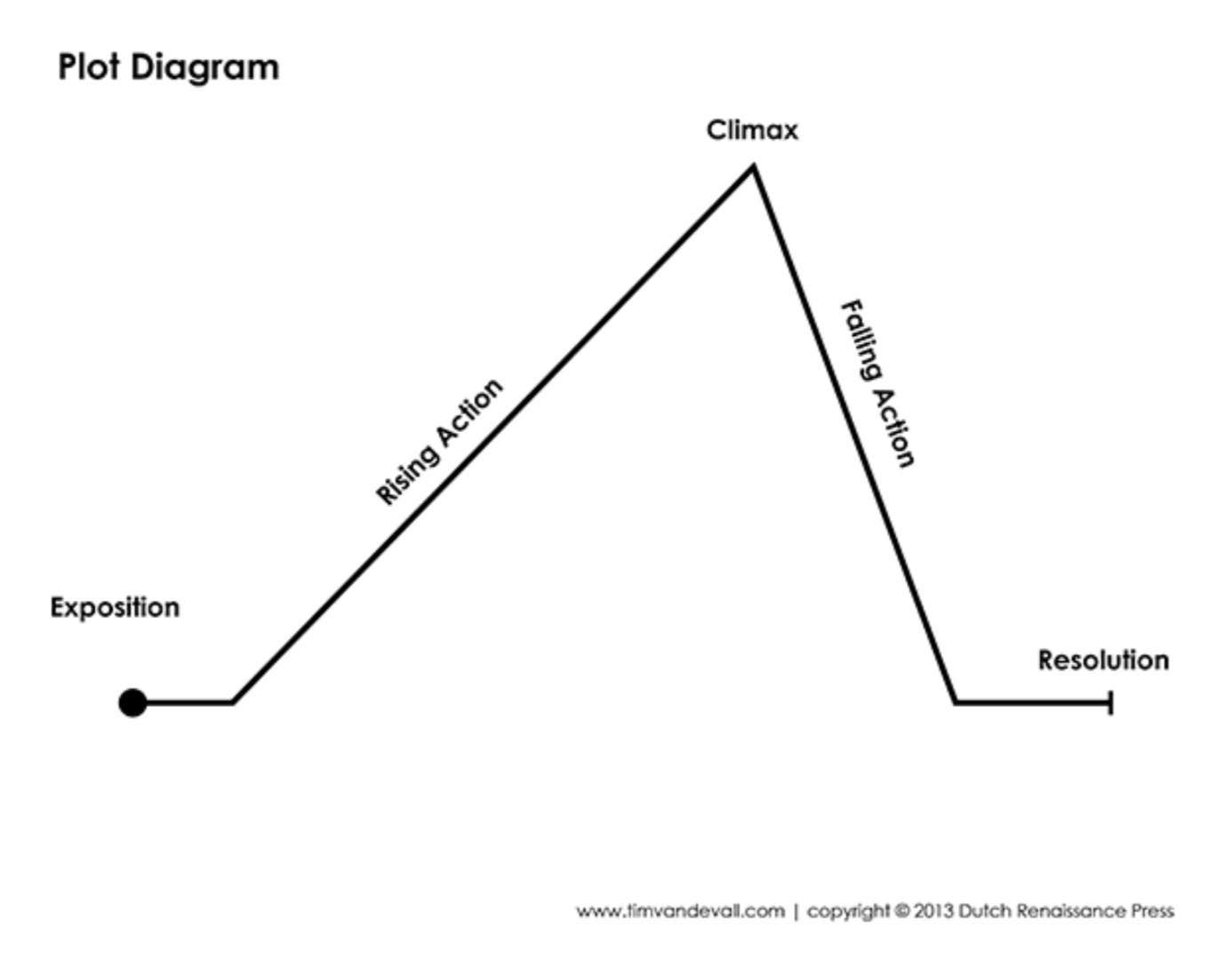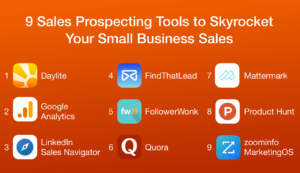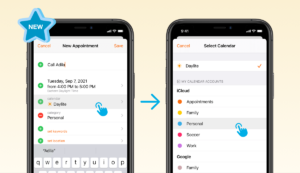Besides being social animals, humans also deeply rely on emotions. We cherish sentimental bonds and very often place massive value on meaningful interactions; this is why many successful companies look forward to connecting with their customers through emotional branding.

There are many ways a company can approach this type of branding and that by no means implies that customers need to be exploited, simply because they seek to link with the brands that they rely on providing them with services. In this article, you’ll find some of the more accessible and viable approaches towards creating a strong emotional connection with your customers.
Create a customer-centric environment
Before you devise a strategy, it is essential that you focus it on providing your customers with value, not simply tapping into their weakness towards emotional bonds.
First off, you should know exactly what emotions you’re looking to stimulate. Before you start working in a strategy, it is imperative to understand what emotional strings you’re looking to strike in your customers.
You shouldn’t necessarily focus only on basic things like love or compassion, try going for more complex emotions like confidence in the future, security, and others. It is advisable to deduce the emotional needs of your clients from the type of service you provide.
Secondly, ensure that your service revolves around the customers. All the aspects of brand-to-client interaction must underline the fact that the company is focused on satisfying the customers’ emotional needs.
1. As human as humanly possible
Every company needs communication standards and a tone. The same type of tone a company establishes once they start a blog. The protocol for communication with customers’ needs to suppose communication that is similar to face-to-face interactions. Take that and apply it to your website copy. When potential customers read about your product on your corporate site, they shouldn’t face a wall of text written in dry, corporate English, but rather a warm, personal tone that addresses their actual problems.
Furthermore, the vast majority of branding professionals understand that a customer’s interaction with a particular product is very rarely rational in the first stages of their interaction, but rather profoundly emotional.
The copy on a business’s website should speak the customers’ language and address their pain points; this will ensure that the relationship between the brand and the user will be meaningful. The key is to “humanize” the brand through products and services that solve problems.
For instance, one of the companies that have successfully incorporated their care for the customer via their copy is MailChimp. Here’s a brief quote from their style guide:
“At MailChimp, we’ve walked in our customers’ shoes, and we know marketing technology is a minefield of confusing terminology. We treat every hopeful brand seriously. We want to educate people without patronizing or confusing them.”
2. A reaffirming Call To Action
Calls To Action, otherwise known as CTA’s are tiny bits of text that are designed to motivate the user to act, in other words: to convert. CTA’s are the punchlines of your website, everything else seems to be the “set up” that prepares the user for this small bit of text that should motivate him to change his life for the better.
The vast majority of CTA’s are designed to create a strong emotional impulse to motivate the user to buy or subscribe, but recently businesses started creating CTA’s that aren’t as impulsive, but rather plant the seed, and let the customer return whenever he feels ready to “convert.”
Here are a few suggestions for crafting a CTA that will let you connect to your customer:
Use warm and straightforward language.
Act in the customer’s interest. Let them ponder. Although you’re trying to pitch a product, they needn’t be forced to buy now. Provide them with good advice, instead of forcing them to buy.

Warby Parker provides us with a great example of a meaningful CTA. Instead of simply shouting “BUY NOW” at their customers, they compel them to“find the perfect frame.”
3. Let customers partake in your story
Telling a story is a way to connect with your customer base. To some extent, every brand’s trajectory is a story. However, crafting one and putting it into words and images ensures that the customer base will be engaged and loyal. Some reports suggest that it is merely impossible to dominate a niche or a particular field without strong brand storytelling. Size doesn’t matter. It’s pretty much the narrative that defines long-term success when it comes to brand intimacy.
From a psychological viewpoint, we’re suckers for stories. A well-told story sounds considerably more compelling to us than a well-laid set of facts. When exposed to an impressive story our brain partly experiences it, which can be attributed to mirror neurons. When a story is especially compelling and emotional, it favours the release of dopamine in the brain, which not only creates a “feel good” sensation in the body but also assists the brain to memorize the narrative better. So how do you write an exciting brand story?
Besides the obvious point that any brand story needs to be crafted by a talented writer is out of the question. The question is instead “What does a story need to contain so that it becomes engaging?”
Create a hero that is behind your brand (e.g., a reliable person that is the mascot of your VPN service or password manager).
Craft stories that focus on the customer and let the brand be the customer’s partner in achieving great results.
Build narratives about moral values that your brand abides by.
It is also essential to let your user base create content for you. First-person accounts from customers that have interacted with your product and necessary to building a customer-centric narrative.
“Besides the obvious benefits, user-generated content lets other potential customers receive all the important answers to the questions they may have that you, as a brand, may be unaware of.” — the CEO at Pick Writers.
Bonus: follow Freytag’s pyramid
Whatever content you generate, it’s essential to follow the traditional pyramid of events, when it comes to building a brand story.

Although it may look intimidating, the pyramid simply shows the standard dramatic structure of a play or a film. Instead of simply boring the user with a detailed account of how the company came to be, provide the customers with a story where many obstacles and issues wouldn’t let the company emerge. However, due to the company’s high moral and technical standards (whichever one is applicable), it managed to become the hero it is today.
Conclusion
Connecting with a customer isn’t easy by any stretch of the imagination. However, by following some simple rules and by actually focusing on your customer, you’ll be able to craft a story that is meaningful and compelling to your existing users, along with your potential customers. It takes just a bit of imagination. Good luck with that!
Need a way to work on building emotional connections with your customers? Track your interactions, notes, and phone calls with a CRM for small business. Try Daylite free!
__
About the author:
Kristin Savage nourishes, sparks and empowers using the magic of a word. She is practicing regularly while reviewing new translation services at Pick Writers and constantly contributing to other educational platforms. Along with pursuing her degree in Creative Writing, Kristin was gaining experience in the publishing industry, with expertise in marketing strategy for publishers and authors. You can find her on Facebook.


